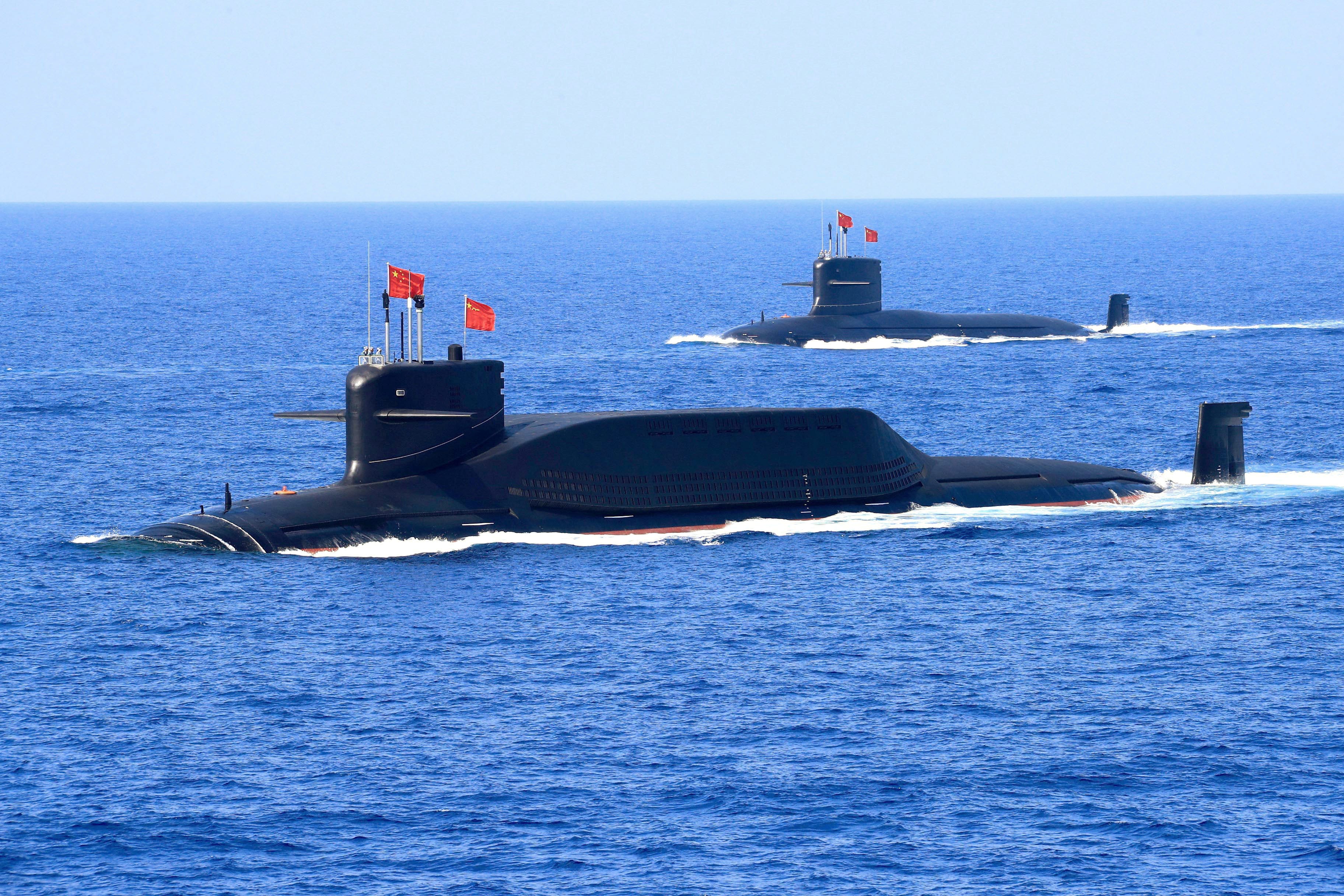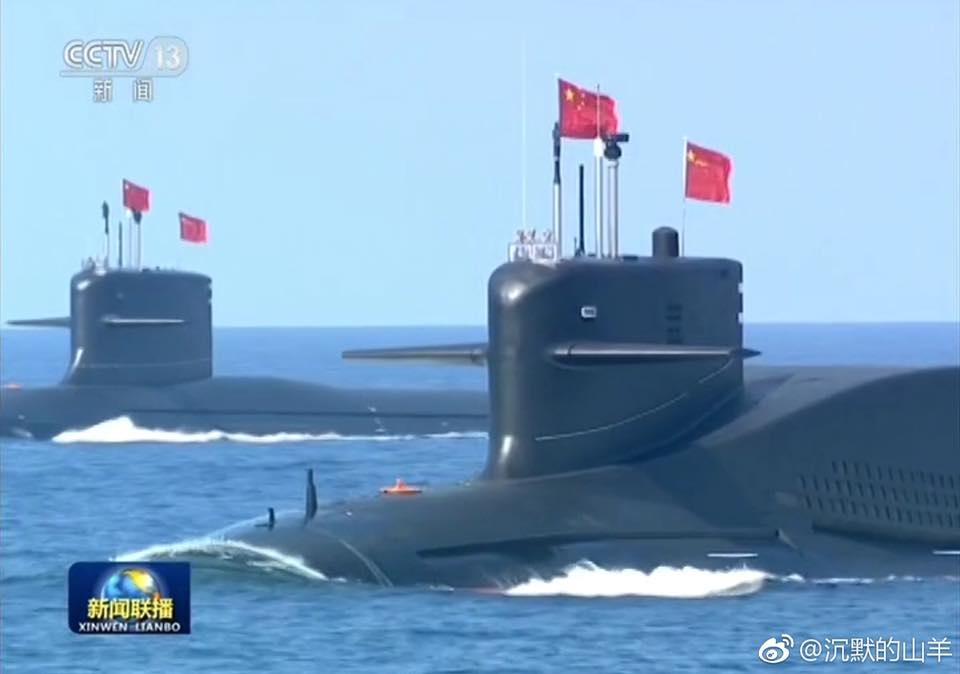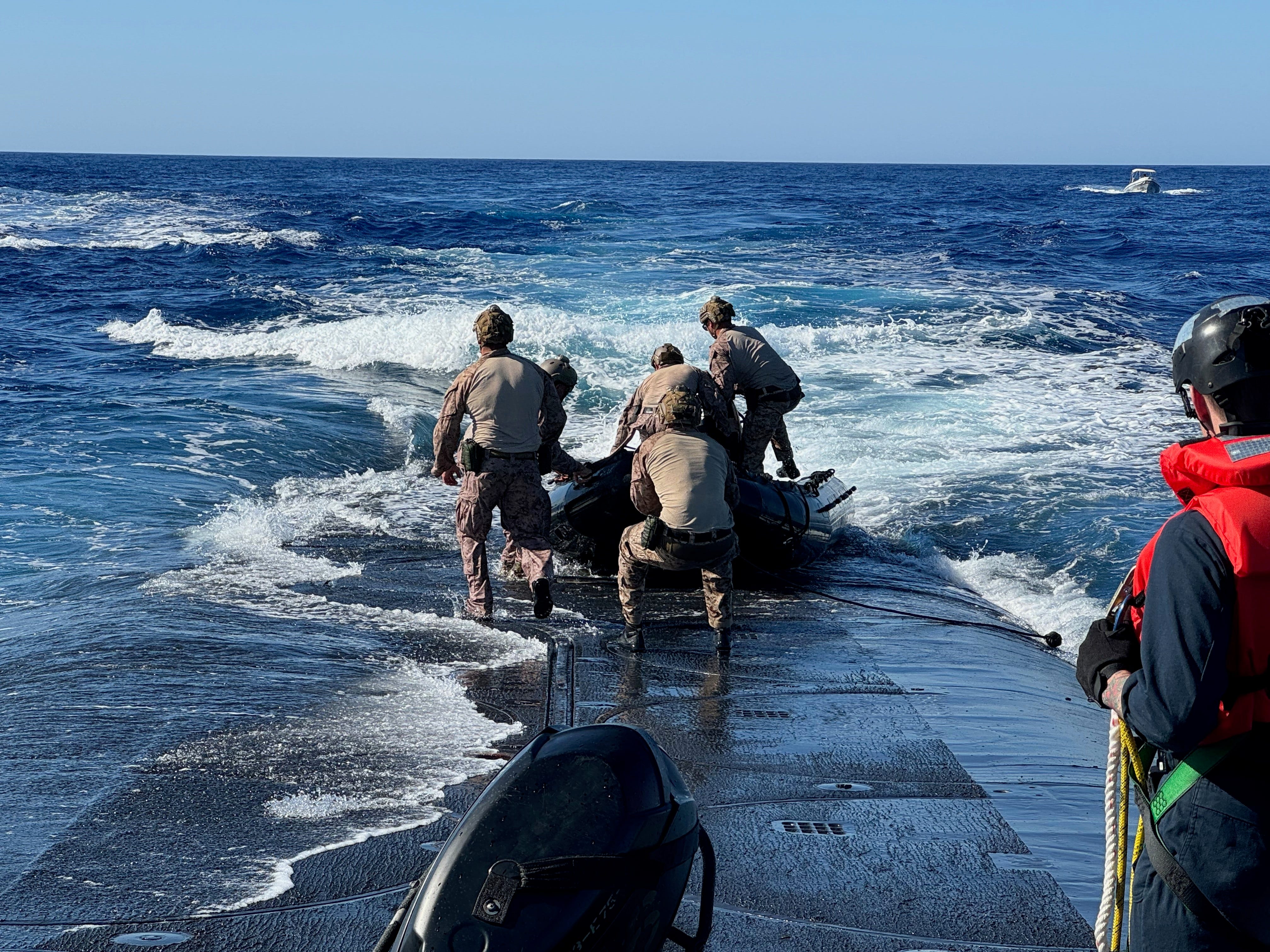
Reuters
- China’s submarine fleet is improving, making advancements in stealth.
- In a war, China’s subs could put up a tough fight in the First Island Chain, analysts say.
- China has also prioritized sensors and other anti-submarine warfare capabilities in the region.
China’s submarine fleet, long noisy and outdated, is getting quieter and deadlier, a new analysis warns, as it closes the gap with the US within the First Island Chain, a string of islands that could form the front line of a future Pacific fight.
These improvements, along with China’s anti-submarine weapons and the development of the “Undersea Great Wall,” could spell trouble in the First Island Chain for US submarines should Beijing and Washington go to war, especially over Taiwan.
In a potential conflict between the US and China in the Western Pacific, the First Island Chain, which stretches from Japan down to the Philippines and hems in China’s coastline, would likely be strategically important. The US military expects China to attempt to deny it access and control in the region by threatening American airpower, as well as naval power.
For US submarines, China’s layered network of sensors and anti-submarine warfare systems and its fleet of increasingly capable submarines are key obstacles to their likely roles in a China war: Torpedoing Chinese ships and striking military bases with missiles.
Royal United Services Institute analysts Cmdr. Edward Black and Sidharth Kaushal wrote this week that China’s expanding network of undersea sensors and quiet diesel submarines “could pose a real challenge to the submarines of the US and other allies” attempting to defend Taiwan inside the First Island Chain.
China’s submarine improvements

Screenshot/CCTV
China’s submarine fleet is heavily composed of conventional, diesel-electric submarines, non-nuclear systems that need to be refueled. It’s been building nuclear-powered ones for decades, but these have long been considered louder than US subs. A noisy sub is more easily detected and vulnerable to attack.
In general, China’s made fixes with each new type or class of both its diesel-electric and nuclear-powered submarines, though, and it boasts the shipbuilding and manufacturing capacity to build submarines quicker than the US. Washington currently faces major delays and cost overruns on a bulk of its shipbuilding programs, including new submarines.
China has also replaced many of its older submarines with newer ones. Projections estimate it’ll have 55 non-nuclear attack submarines, 13 nuclear-powered attack submarines, and eight nuclear-powered ballistic submarines by 2030, representing growth of 10 vessels in total from 2020.
Papers like the US Naval War College Report on China’s submarines from August 2023 have previously assessed that China is on the cusp of producing “world-class nuclear-powered submarines,” and that its work on nuclear propulsion, quieting tech, sensors, and weapons capabilities are getting it closer to on-par with some of Russia’s more advanced submarines.
With its growing shipyard capacity and capabilities, China can continue to build new submarines and make them more formidable threats. As Black and Kaushal wrote, “Should qualitative improvements be combined with a formidable manufacturing capacity, China will likely start to challenge US military maritime dominance under the waves.”
Anti-submarine warfare

US Marine Corps/US Navy courtesy photo
China’s whole-of-state and long-term investments in capabilities that’s able to sense submarines in key naval chokepoints also raises challenges for American submarines operating in the area in a potential conflict.
In recent years, Beijing has pursued an “Underwater Great Wall” project in the South China Sea designed to trace surface and underwater vessels. The equipment ranges from weapons on its own ships and uncrewed systems to a network of underwater hydrophones that boast China’s ability to monitor vast areas in the seas, particularly in the First Island Chain. The US operates similar monitoring systems that criss-cross chokepoints and common operating areas.
These types of sensors allow a fleet commander to detect enemy sub movement and respond quickly, perhaps by moving vulnerable convoys away and dispatching attack subs to hunt it.
And other technological developments also aim to improve China’s sensing in the region. Black and Kaushal cite recent Chinese articles that claim advances in artificial intelligence “will facilitate the detection and tracking of even the most quiet of submarines even in the face of active decoy and evasion techniques. This will reduce enemy submarine survivability ‘to 5 percent’.”
While it’s unknown how reliable this AI could be, and China still needs to make hardware investments in certain areas of the region, the news indicates China sees this technology as useful for helping deny the US and its allies and partners movement around some of these waters.
In a wartime scenario, the network of sensors could force US submarines to stay at a further distance, limiting Washington’s options. There are limitations, though, including whether China can saturate its sensors beyond well-defined areas, Black and Kaushal note.
But the developments in China’s submarine fleet and its continued investments in anti-submarine warfare and sensor technologies could raise key concerns for the US if it decides to intervene in a blockade or invasion of Taiwan.
Read the original article on Business Insider
The post China’s submarines are getting quieter and deadlier in the seas closest to home, analysts warn appeared first on Business Insider.




